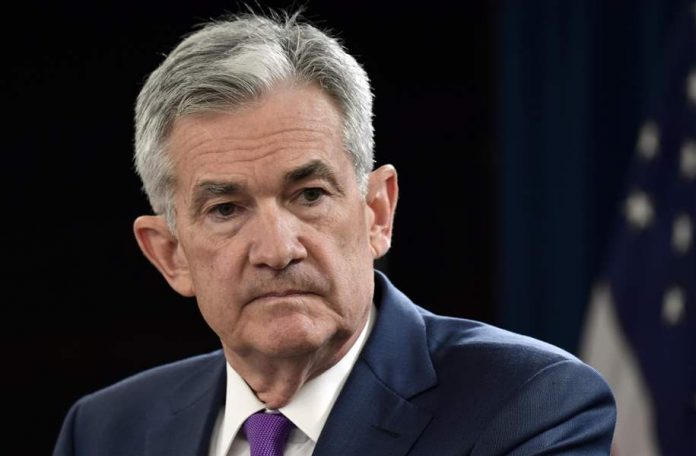Stocks traded slightly lower today after earnings from two Big Tech companies disappointed investors. Apple (NASDAQ: AAPL) and Amazon (NASDAQ: AMZN) both missed their revenue estimates this morning while offering underwhelming guidance for Q4.
Apple said that supply chain problems hurt iPhone, iPad, and Mac sales in Q3. And with the holidays approaching, those issues are unlikely to be resolved any time soon. It was the company’s first revenue miss since May 2017. AAPL shares unsurprisingly fell over 3% in response.
Amazon provided guidance similar to Apple’s, citing supply chain problems as well. The e-commerce giant also missed its earnings estimate, much to the dismay of AMZN shareholders. AMZN dropped as much as 5% on the day before paring back much of its initial losses.
And while that’s certainly not good news for the tech sector, the arguably more important story this morning didn’t have to do with earnings at all. The Commerce Department reported today that the personal consumption expenditures price index – the Fed’s favorite inflation gauge – climbed 0.3% higher in September, raising the year-over-year inflation gain to 4.4%.
That’s a new 30-year high and evidence that inflation has been anything but “transitory.” Still, Treasury Secretary Janet Yellen believes inflation will recede next year.
“Year-over-year inflation remains high and will for some time simply because of what’s already happened in the first months of the year,” Yellen said in a CNBC interview this morning.
“But monthly rates I believe will come down in the second half of the year. I think we’ll see a return to levels close to 2%.”
It’s more or less what Yellen already said on Monday after Twitter (NASDAQ: TWTR) CEO Jack Dorsey predicted an impending period of hyperinflation.
“Hyperinflation is going to change everything. It’s happening,” Dorsey tweeted.
“It will happen in the US soon, and so the world.”
To which Yellen responded:
“I don’t think we’re about to lose control of inflation. On a 12-month basis, the inflation rate will remain high into next year because of what’s already happened. But I expect improvement by the middle to end of next year […] second half of next year.”
Technically, anything can be considered transitory on a long enough timeline. Is the US economy going to be able to handle heightened inflation for another year?
What’s also left out of this conversation is that the past price hikes don’t simply go away when inflation falls. The price gains of the last year and a half are likely permanent.
Wage growth, meanwhile, continued to lag inflation in September. The Commerce Department reported that income fell 1% month-over-month (MoM), greatly surpassing the -0.3% MoM estimate.
In short, the Fed’s already difficult situation has only grown more complex. Fed Chairman Jerome Powell undoubtedly needs to raise rates, and when he does, there could be hell to pay.
The Bank of Canada said Wednesday that it would hike rates sooner than expected due to persistent inflation worries. It also ended quantitative easing (QE) by ceasing new asset purchases.
Of course, the Bank of Canada is far less important than the Federal Reserve, which controls the dollar, a reserve currency.
That does not, however, make the Bank of Canada’s decision to kill QE any less correct. Yes, the Bank of Canada certainly should have done it sooner.
But at the end of the day, they’ll have beat the Fed to the punch by several months (if not years), all while the Fed struggles to keep the “everything bubble” from violently bursting in response to what’s looking like a major policy error.








